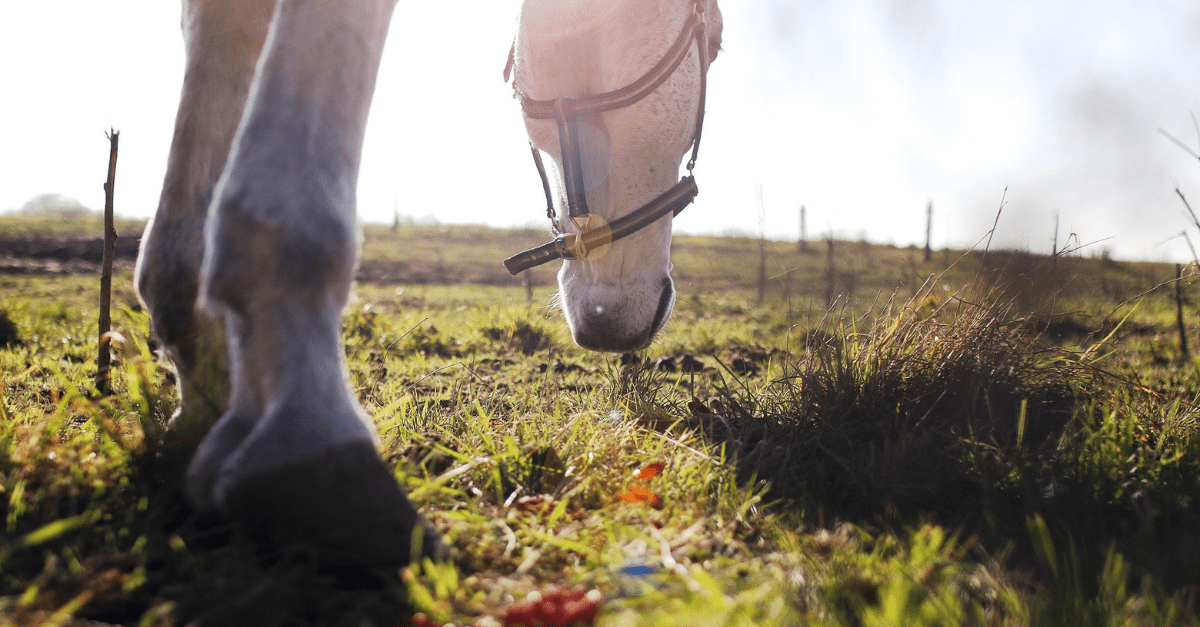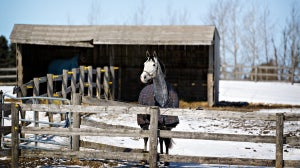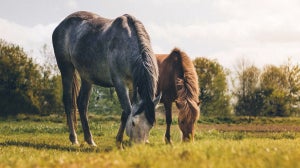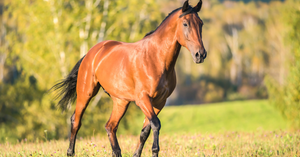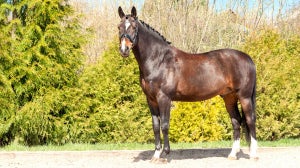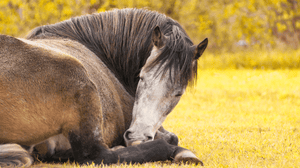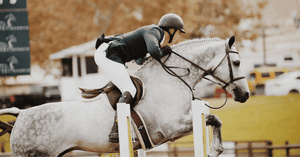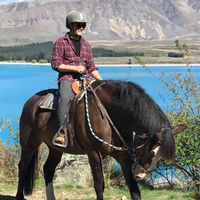
Laminitis is a painful condition of the feet which affects up to 1 in 10 of the UK equine population. It can affect horses and ponies at any time of the year, and flare-ups can be due to multiple factors including hormones and diet.
What is Laminitis?
Laminitis is the inflammation of a certain tissue in the foot, the sensitive laminae. This essentially acts like a glue that attaches the pedal bone to the hoof wall.
When this sensitive laminae becomes inflamed, the bonding between the bone and the hoof capsule weakens. This is not only very painful, but can lead to the pedal bone rotating and in some cases sinking through the sole of the foot.
What causes Laminitis?
In the UK, the vast majority of laminitis cases are caused by endocrine disease such as Equine Cushings (Pituitary Pars Intermedia Dysfunction [PPID]) and/or Equine Metabolic Syndrome (EMS).
PPID is a disease that affects the pituitary gland mostly in older horses. It causes a change in hormone levels which manifests as various different clinical signs including a long and curly coat, muscle wastage, lethargy, and of course laminitis.
Although we do not yet understand fully how PPID causes laminitis, it is likely that a dysregulation of insulin is likely to play an important role.
Equine Metabolic Syndrome (EMS) is a disease of typically overweight horses and ponies (although not always). EMS causes insulin resistance, which acts in a similar way to Type 2 diabetes in humans.
This increase in circulating insulin around the body is thought to trigger laminitis by some mechanism, although this process is not fully understood at this current time.
Both conditions can be diagnosed by blood tests performed by your vet.
Laminitis can often be triggered or exacerbated in horses and ponies with these conditions when they have excess sugar in their diet – whether this is from the grass or from their roughage. Excess sugar can then trigger, or worsen, an exaggerated insulin response, which then is associated with laminitis.
Much research is happening currently to investigate this phenomenon further, but there is a strong interplay between insulin dysregulation, endocrine conditions, diet and laminitis.
The remainder of laminitis cases are caused either when bacterial toxins cross into the bloodstream and disperse around the body (for example, from colic or a retained placenta in a mare that has just foaled) or by the severe overloading a supporting limb during a lameness.
These are much more rare than the endocrine kind (the type caused by hormonal changes) and will not be discussed specifically within this article.
Clinical signs and diagnosis of Laminitis
Most horses and ponies will share some of the following clinical signs, depending on the severity of their disease:
Rocked back stance, putting weight onto hindlimbs and taking weight off forelimbs – this is known as the classic laminitis stance
Not wanting to walk, especially on harder (or stony) ground
Constantly shifting weight between forelimbs
Unwillingness to make a tight turn
Lying down more often
Excessive heat in the hoof wall
Strong or bounding digital pulse at the back of the fetlock
A diagnosis of laminitis will often be made by the vet on the basis of these clinical signs, taking into account the horse’s history as well.
The vet may then wish to take a blood test and take x-ray images of the feet, to assess the severity of disease and to guide the treatment plan.
Management
In the short term, you and your vet may wish to do a range of things to make your horse more comfortable:
Give pain relief – an anti-inflammatory pain relief injection (such as bute or flunixin), followed by an oral course to continue with.
Support the feet – this can be achieved by box rest in a really deep and comfortable bed. In some cases they will need extra sole support, such as Styrofoam pads or specialist sole support. This helps to shift and disperse the weight though the sole more onto the heels and the back of the foot.
Adjust the feed ration – look at quality of hay and feed, and your horse’s overall calorific intake.
Rest – initially your horse should be box rested until the tissues in the feet are more stable
In the longer term, your vet may advise the following:
Investigation and treatment/management the root endocrine cause, e.g. initiate pergolide treatment for PPID, and weight and diet control for EMS patients. This can help with better regulation of Insulin, and so may act to reduce laminitis flare-ups.
Remedial farriery – this may involve reshaping the toe or fitting specialist shoes such as heart bar shoes. This will help take weight, or excessive force, off certain areas of the foot, meaning the horse is more comfortable
Diet and pasture management – your horse may have to have restricted access to fresh grass, or to calorific forage. They may be advised to wear a grazing muzzle. Although the aim is to reduce the calorific intake of the laminitis pony, they should never be starved – a good fibre intake is essential for digestion and for preventing gastric ulcers.
Your vet may also recommend addition of a low-calorie balancer at this stage, especially if they are being fed soaked hay or poorer quality forage. Regular communication with your vet and/or nutritionist is essential here.
Prognosis
Laminitis is typically manageable once a diagnosis has been made and a treatment and management plan has been put into place. It is a lifelong condition and so always has to be accounted for; however the majority of horses and ponies live happy and pain free lives once a strict management plan has been put into place.
Occasionally, some horses are refractory to treatment, and so the aim with this subset is to reduce severity and frequency of flare ups. If this is not possible, and the welfare of the horse is compromised, then euthanasia should be considered.
If you suspect that your horse or pony may be prone to laminitis then please contact your vet for advice.

